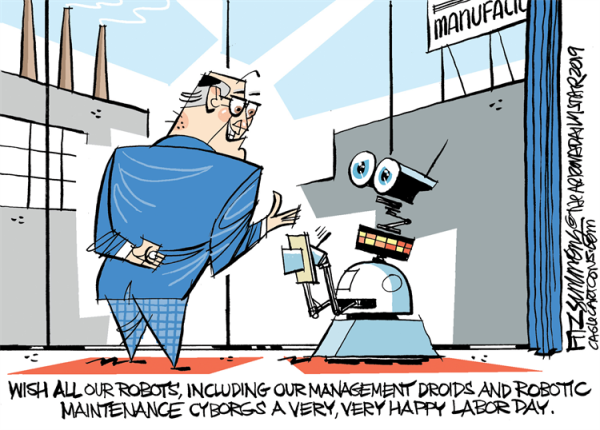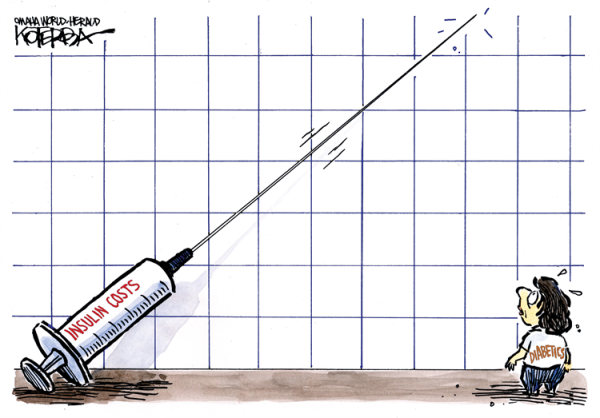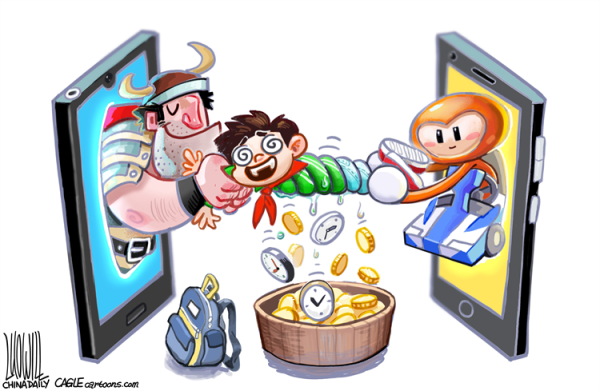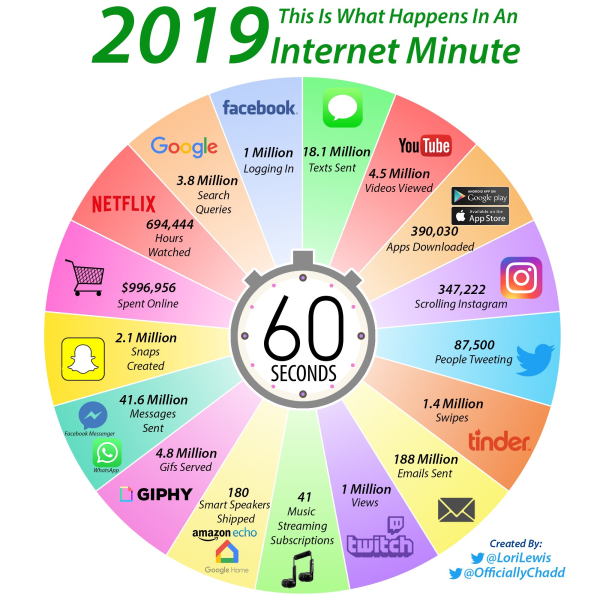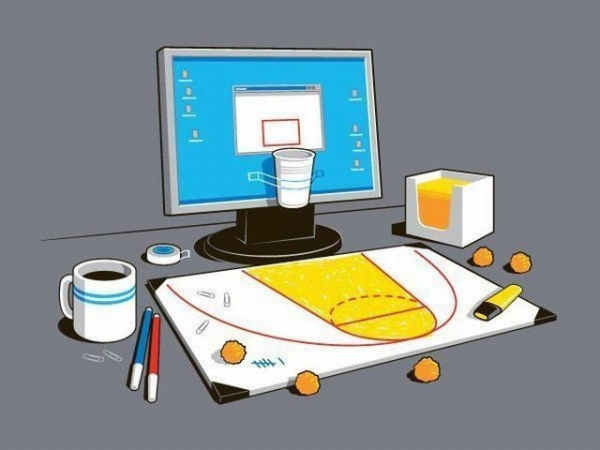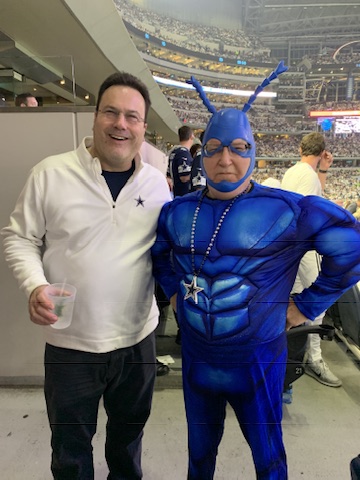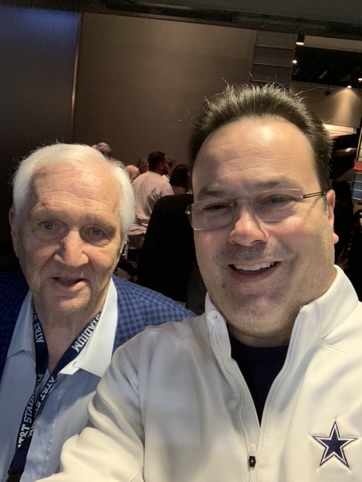A friend has two tickets for the 2020 SUPER BOWL — both box seats. He paid $2,500 for each ticket, but didn't realize last year when he bought them that it was going to be on the same day as his wedding. If you are interested, he is looking for someone to take his place — it’s at St. Dominic's Church in San Francisco at 3pm. Her name is Melissa . She's 5'7 about 140 lbs. She's a good cook, too. She'll be the one in the white dress.
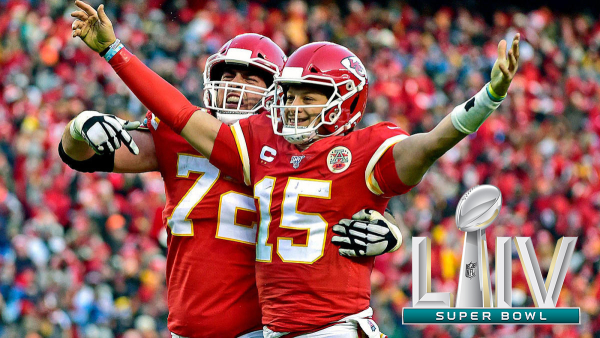
The theory is that a Super Bowl win for a team from the AFC foretells a decline in the stock market and a win for the NFC means the stock market will rise in the coming year. So, if you're hoping for a strong S&P you'd be rooting for 49ers.
There's one big caveat … it counts the Pittsburgh Steelers as NFC because that's where they got their start (or as a data scientist would caution … they did that to fit the data better).
With that "adjustment," at one point the SBI was "right" 33 years out of 41 – an 80% success rate. Sounds good, right?
Come on … you know better. It's been wrong four of the last four years … another sign of spurious correlation if you weren't sure.
Here are some other "fun" stock market fallacies:
- January Indicator
- Aspirin Count Theory
- Hemline Indicator
- Sports Illustrated Swimsuit Indicator
- Men's Underwear Index
Back to Reality
Rationally, we understand that football and the stock market have little in common, and we probably intuitively understand that correlation ≠ causation. Yet, we crave order and look for signs that make markets seem a little bit more predictable.
The problem with randomness is that it can appear meaningful.
Wall Street is, unfortunately, inundated with theories that attempt to predict the performance of the stock market and the economy. The only difference between this and other theories is that we openly recognize the ridiculousness of this indicator. More people than you would hope, or guess, attempt to forecast the market based on gut, ancient wisdom, and prayers.
While hope and prayer are good things … they aren’t good trading strategies.
As goofy as it sounds, some of these "far-fetched" theories perform better than professional money managers with immense capital, research teams, and decades of experience…
I have a thought experiment I sometimes ask people.
What percentage of active managers beat the S&P 500 any given year?
… Now, what percentage beat the S&P 500 over 15 years?
Recently, the answer is about 5% (and that's in a predominantly bull market). For the record, that's significantly worse than chance. Perhaps that means something they're doing is hurting, not helping.
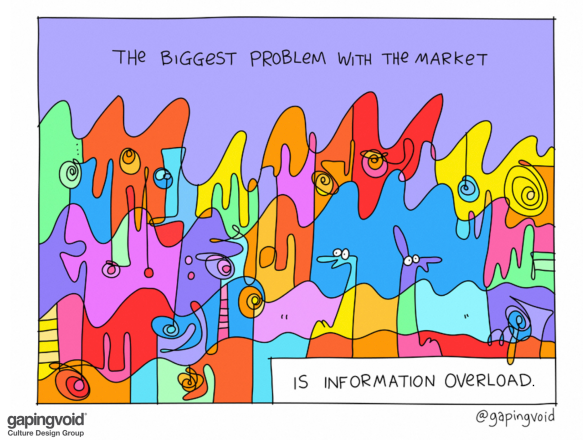
via Gaping Void
There's simply too much information out there for us to digest, process, rank, and use appropriately.
Every second you spend looking at a market is a second wasted.
There are people beating the markets — not by using the Super Bowl Indicator … they're doing it with more algorithms and better technology.
There will never be less data or slower markets. A good reminder that if you don't know what your edge is … you don't have one!
Onwards.


